-
How does it feel?
Yarrow is a highly aromatic plant. The scent is sharp, fresh, green, sweet herbaceous and slightly camphorous. It tastes mildly bitter, with strong herby aromatic flavours.
-
What can I use it for?
 Yarrow is an invaluable herb to incorporate into the home apothecary. It can be made into an ointment or salve to disinfect and assist in healing of minor wounds and grazes. Keep a jar of dried yarrow to hand for a number of different first aid uses or to be taken as a daily infusion (tea) to support cardiovascular and digestive health.
Yarrow is an invaluable herb to incorporate into the home apothecary. It can be made into an ointment or salve to disinfect and assist in healing of minor wounds and grazes. Keep a jar of dried yarrow to hand for a number of different first aid uses or to be taken as a daily infusion (tea) to support cardiovascular and digestive health.One of the primary applications of this herb in home herbalism is to treat the common cold or influenza, especially where there is a dry fever. Yarrow helps to ‘break’ a fever by bringing on a sweat. It works by improving the microcirculation in the extremities which helps bring the heat to the surface (skin). This action is called diaphoresis and it can help to support the fever process and allow it to come to a head. It is often combined with elderflower and peppermint for this purpose.
Yarrow along with elderflower and peppermint also work as a decongestant. It is a brilliant herb for phlegm or stagnation in the respiratory tract. It can also be used for sinusitis.
Yarrow is a digestive stimulant, and promotes the appetite and assists in the digestion of fats. It can be used to soothe stomach cramps, flatulence and gastritis.
Used topically, a yarrow Infusion can be used as a scalp and hair rinse to promote healthy hair and prevent balding. It is often blended with other herbs such as nettle and rosemary for this purpose as they also improve circulation to the scalp and improve hair growth.
Yarrow is abundant in the wilds of the United Kingdom and many parts of Europe. It has a brilliant reputation as a first aid herb for minor injuries which can be used whilst out hiking or pursuing other outdoor activities. It is made into a poultice by macerating the fresh herb with a little water or having the injured patient chew the plant, then pack directly onto the wound.
As mentioned above a pot of yarrow salve is a truly valuable first aid addition. It can be used also for the treatment of haemorrhoids and other varicosities.
-
Into the heart of yarrow
 Yarrow is a great example of a herb that has dual energetics, meaning that it can be both hot and cold or dry and moist. These opposing actions make it an excellent moderator of the humours and temperament, bringing harmony to the body. This may be best understood via its strengthening action on cardiovascular tone.
Yarrow is a great example of a herb that has dual energetics, meaning that it can be both hot and cold or dry and moist. These opposing actions make it an excellent moderator of the humours and temperament, bringing harmony to the body. This may be best understood via its strengthening action on cardiovascular tone.It is warming via its ability to move heat inward to the core of the body, which is likely due to its aromatic qualities. Yet in the case of fevers it is cooling due to its ability to move blood outward toward the skin, releasing heat through the sweat.
Yarrow is also both drying and fluid promoting – bringing either moisture or astringency depending on what is needed. Herbalists may use yarrow where a warming and diffusive action is required to innovate cold and atrophic tissues or contrastingly for the acute treatment of febrile conditions.
It improves peripheral circulation and increases perfusion to the tissues. Yet it can also produce systemic cooling as we see by its ability to reduce heat through vasodilation and promoting sweat.
Mathew Wood describes yarrow as “both cooling and warming, fluid generating and controlling. Remedies with contradictory but complementary properties are often of great utility since they are able to normalise opposing conditions. This is true for yarrow” (8).
Another notable action of yarrow is its ability to regulate blood flow. It can be used to staunch bleeding in wounds, yet it can also help to bring healthy blood flow to areas of the body where there is stagnancy (i.e. bruising, varicosities and thrombosis). This is also reflected in relation to its ability to bring on or regulate menstruation or to reduce excessive menstrual bleeding.
It has many associations as a protective herb by the stories of its use by warriors or soldiers in various battles or wars throughout history. It was used both physically for wounds but also as an amulet of protection by the Celts and Romans.
Often herbs with this protective association are also herbs that support the boundary systems in the body. This refers to boundaries between in inner and outer worlds i.e. the epithelium (that lines the surfaces or cavities which performs secretory, transporting, or regulatory functions). In the case of yarrow, we see actions that support the skin, mucous membranes or endothelium (that lines the inner cavities of the cardiovascular system). They form a boundary between our the outside world and our inner world, or between our blood and cells respectively.
Yarrow improves the health of these frontier tissues and enables stronger boundaries. Both in terms of the physiological and emotional potential of yarrow, there are many gifts to offer those who may benefit from increased resilience to outside influences.
-
Traditional uses
 Yarrow’s use as medicine goes back to the most ancient times, as fossilised yarrow pollen has been found in burial caves that are dated up to 60,000 years old. Its reputation as a vulnerary, and its old names of Soldier’s Wound Wort and Knight’s Milfoil relate to this historic use. Yarrow (Achillea millefolium) was named after Achilles, the Greek mythical hero who legend says used it to stop the bleeding in his soldiers’ wounds.
Yarrow’s use as medicine goes back to the most ancient times, as fossilised yarrow pollen has been found in burial caves that are dated up to 60,000 years old. Its reputation as a vulnerary, and its old names of Soldier’s Wound Wort and Knight’s Milfoil relate to this historic use. Yarrow (Achillea millefolium) was named after Achilles, the Greek mythical hero who legend says used it to stop the bleeding in his soldiers’ wounds.Culpepper spoke of Yarrow as a herb for cramps and describes that it is drying and binding. The uses of yarrow under Culpepper’s writings explained that it ‘restrains violent bleedings’ and also that the ‘leaves cure wounds, and is good for inflammations, ulcers, fistulas, and all such runnings as abound with moisture’ (7).
In American ethnobotany, the Cherokee, Iroquois, and Mohegan tribes use yarrow as a digestive aid and to treat a variety of types and cases of swellings.
-
Traditional actions
Herbal actions describe therapeutic changes that occur in the body in response to taking a herb. These actions are used to express how a herb physiologically influences cells, tissues, organs or systems. Clinical observations are traditionally what have defined these actions: an increase in urine output, diuretic; improved wound healing, vulnerary; or a reduction in fever, antipyretic. These descriptors too have become a means to group herbs by their effects on the body — herbs with a nervine action have become the nervines, herbs with a bitter action are the bitters. Recognising herbs as members of these groups provides a preliminary familiarity with their mechanisms from which to then develop an understanding of their affinities and nuance and discern their clinical significance.
-
Traditional energetic actions
Herbal energetics are the descriptions Herbalists have given to plants, mushrooms, lichens, foods, and some minerals based on the direct experience of how they taste, feel, and work in the body. All traditional health systems use these principles to explain how the environment we live in and absorb, impacts our health. Find out more about traditional energetic actions in our article “An introduction to herbal energetics“.
Western energetics
-
What practitioners say
 Cardiovascular system
Cardiovascular systemYarrow has a number of different therapeutic actions for cardiovascular health. It is a tonic to the heart and vasculature – working to bring tone and restore the structural integrity and elasticity of blood vessels. It is rich in flavonoids which are known to decrease platelet adhesion, and improve endothelial function (9).
It can be used for varicosities such as haemorrhoids, varicose veins and thrombotic conditions with hypertension- including cerebral and coronary thrombosis (13). As a vasodilator, yarrow is an important herb to use in a prescription for hypertension, as its high flavonoid content strengthens cardiovascular tone (10).
Flavonoids are antioxidant as well as anti-inflammatory but they also offer great support to the internal structures of the cardiovascular system. Yarrow is often used alongside herbs such as hawthorn, garlic or limeflower as well as with adaptogenic herbs to support the adrenal system because high blood pressure is often linked to neuroendocrine imbalances caused by stress.
Digestive system
The combined action of yarrow’s bitter and aromatic compounds is most likely responsible for its action to stimulate digestive processes. It stimulates bile flow and liver function whilst also assisting in the digestion of fats (10).
It works especially for hepatic portal vein congestion (12) which can sometimes correspond with varicosities in the body such as haemorrhoids due to the secondary effects of vascular congestion further up the digestive tract.
Yarrow is also astringent to the gut surfaces due to its tannin content, making it a tonic to the digestive tissues. Yarrow tones the digestive organs via its astringent action on the mucosa.
It is also positively antispasmodic- likely due to its flavonoid content. This action makes it a useful herb for intestinal colic, stomach cramps and nervous dyspepsia (10, 11).
Genitourinary tract
Yarrow has a number of applications for reproductive and urinary tract health. This is particularly where poor circulation or stagnation are the cause. It is used as an emmenagogue (a herb that brings forth menstruation) and as a menstrual regulator. It works by promoting circulation to the reproductive organs which stimulates the uterine tissue. This can help bring on the menses. Yarrow is also helpful for menstrual pain via an antispasmodic action.
As a herb that aids with stagnation or poor perfusion, yarrow may also be used for uterine prolapse and fibroids (11). Both conditions are likely associated with poor movement of circulation to the reproductive tissues which can lead to engorging or increased pressure. As explained above, this can actually be caused by liver sluggishness or congestion. This is why it is important to see a herbalist. The aetiology of illness is often more complex and requires assistance by those who understand physiology from a holistic point of view.
 Yarrow is also sometimes used as part of a herbal prescription for prostatitis and early prostate hyperplasia (12). It is also antimicrobial to the urinary tract as well as being diuretic. It may therefore be incorporated into an anti-infective prescription for urinary tract infections and cystitis (11). It may be used in combination with other herbs to address tissue condition, bacterial or inflammatory afflictions respectively.
Yarrow is also sometimes used as part of a herbal prescription for prostatitis and early prostate hyperplasia (12). It is also antimicrobial to the urinary tract as well as being diuretic. It may therefore be incorporated into an anti-infective prescription for urinary tract infections and cystitis (11). It may be used in combination with other herbs to address tissue condition, bacterial or inflammatory afflictions respectively.Skin
Yarrow is an excellent healer of wounds and ulcerations on the skin and internal organs. It has potent antiseptic actions due to its high levels of volatile oils such as cineol which help to protect or treat wounds for infection.
Azulene, another volatile oil in yarrow stimulates granulation tissue formation (an important component in the wound healing process) (10). These mechanisms of action explain yarrows long standing use in treating wounds. Yarrow is best used fresh for its antiseptic actions due to the higher potency of volatile oils in fresh herbs (11).
As an internal medicine yarrow benefits the skin by opening up the blood vessels. This allows more blood to move through the system, thus bringing more nutrients and oxygen to areas that may be lacking.
A yarrow infusion may also be used as a mouthwash for bleeding gums. Its antimicrobial action will prevent infection and it will support the gums via reduced inflammation and staunch bleeding (12).
-
Research
 There are a number of in vivo/ in vitro studies that focus on compounds found in yarrow which demonstrate a variety of therapeutic effects. A small number of these studies have been included below to demonstrate the mechanism of action for some of the uses of yarrow that have been discussed in this monograph, however there is a lack of available human studies.
There are a number of in vivo/ in vitro studies that focus on compounds found in yarrow which demonstrate a variety of therapeutic effects. A small number of these studies have been included below to demonstrate the mechanism of action for some of the uses of yarrow that have been discussed in this monograph, however there is a lack of available human studies.Human double-blind placebo-controlled studies are a far better measure of a plant’s effects. This is due to the fact that they are often carried out using ‘whole plant’ extracts as opposed to isolated compounds. They also show the effects in humans against a placebo test group. For most part human clinical studies show us what herbs are doing in the human body which is essentially the best evidence base available aside from thousands of years of experience from herbalists.
Animal studies are not condoned by herbal reality, however for the purpose of including research from which some understanding of therapeutic actions can be confirmed, some animal studies have been included herein.
Clinical trial on multiple sclerosis patients
A triple-blind randomised placebo-controlled parallel group trial was carried out to investigate the beneficial effects of yarrow as an add on therapy in patients with multiple sclerosis (MS). 75 MS patients were randomised into three groups including placebo and two groups receiving yarrow at two different doses (250 mg/day and 500 mg/day) for a period of 1 year.
The primary outcome was the relapse rate after a year. Also, number and volume of lesions were obtained from magnetic resonance imaging (MRI) scans. Comprehensive neurological and cognitive tests were also carried out. The results showed a decrease in annual relapse rate in MS patients. The mean volume change of lesions significantly decreased in the 500 mg yarrow group. Yarrow also increased time to first relapse and decreased fatigue severity, spasticity, State-trait anxiety and depression and improved performance in word-pair learning (6).
A review on phytochemistry and medicinal properties of achillea species
A review was carried out to evaluate the medicinal properties of various species of Achillea. Several in vitro, in vivo or clinical evaluations were examined. The study findings describe a thread of studies confirming estrogenic activity elicited by a number of yarrow’s active compounds mostly via binding with oestrogen receptors rather than estradiol. There was also evidence of receptor stimulation via compounds such as apigenin.
Additionally, screening of gastroprotective potential against acute and chronic ulcers has shown a positive correlation. Yarrow extracts showed effectiveness in protecting the gastric mucosa against acute gastric lesions induced by ethanol and indomethacin and in healing chronic gastric lesions induced by acetic acid.
The High percentage of sesquiterpenes and presence of proazulene in yarrow could account for some immunological and antimicrobial effects of yarrow. An extract of yarrow was found to possess a broad spectrum of antimicrobial activity against S. aureus, E. coli, K. pneumoniae, P. aeruginosa and Salmonella enteritidis) and two fungi (A. niger and C. albicans).
The review also demonstrates that yarrow elicited hepatoprotective, spasmolytic, anti-inflammatory, antioxidant and analgesic effects. This might be due to the high content of flavonoids and phenolics (5).
Cellular health
An in vitro study was carried out to investigate the effects of the aqueous extract of yarrow on the proliferation and differentiation of mesenchymal stem cells (MSCs). Bone marrow MSCs (BM-MSCs) were obtained from rat bone marrow and then cultured. A fibroblast cell-like morphology (a cell which produces new tissue such as collagen) as well as positive markers for a variety of stem cell active was observed. Yarrow significantly increased self-renewal of BM-MSCs at low dose (0.2 mg/ml, P= 0.001) and increased the pool stem cells in both osteocyte and adipocyte differentiation media. The study concludes that yarrow may effectively improve tissue repair and immunomodulation as well as stimulate the renewal and differentiation of stem cells, via increased numbers of MSCs (3).
Reproductive system
An in vitro assay was carried out to assess the oestrogenic activity of compounds in yarrow. A crude extract of the yarrow applied to recombinant MCF-7 cells, demonstrated oestrogenic activity. Apigenin and luteolin were the most important estrogenic compounds among those tested, were studied for their ability to activate α or β estrogen receptors (ERα, ERβ) using transiently transfected cells. This study is a first step towards identifying some of the active constituents in yarrow that may play a role in its actions upon the female reproductive system (4).
A review of in vitro findings
One review discusses findings from a number of in vitro investigations into yarrow’s physiotherapeutic mechanism of action. The review confirms that compounds in yarrow called flavonoids produce antispasmodic effects. Dicaffeoylquinic acids caused choleretic effects (increasing the volume and secretion of bile from the liver). The review also observes that in vitro findings that elicited inhibition of human neutrophil elastase (an enzyme involved in the inflammatory process), by extracts and fractions from yarrow – suggesting additional mechanisms of antiphlogistic (reduces inflammation or swelling) action (2).
-
Did you know?
Yarrow was often found in Saxon amulets for protection. Its uses in ritual and for protection both spiritually and physically are commonly referenced in historical texts.
Additional information
-
Botanical description
Yarrow is a perennial, wide spread throughout England and most of Europe. It can grow up to 3 feet tall and has no branches except near the top. It has dark green, finely divided, feathery leaves with a fernlike, lacy appearance which grow alternately and are around 3 to 4 inches long and 1 inch broad. Its flowers arise from the stem as flat-topped compact clusters of white flower heads, each comprising yellowish disc florets and pinky-white or white ray florets – together they give the impression of one flower with a yellow centre and white petals.
-
Common names
- Soldier’s woundwort
- Staunchweed
- Military herb
- Milfoil
- Dog daisy
- Thousand leaf
- Bloodwort
- Carpenters grass
- Nosebleed plant
- Devil’s nettle
- Yarroway
- Old man’s pepper
-
Safety
The use of yarrow during pregnancy is often cautioned against due to its stimulating effect on the uterus. No restrictions for breastfeeding are suggested (11).
-
Interactions
None known
-
Contraindications
Yarrow should not be used by those who have a known sensitivity or allergy to plants in the daisy (Asteraceae) family.
-
Preparations
- Fresh or dried herb infusion
- Tincture
- Poultice
-
Dosage
Tincture (fresh 1:4 in 25%/ dried 1:5 in 25% ): Take between 2-5ml in a little water up to three times a day.
Infusion: Around 30 g of dried herb or 60 g of fresh herb may be infused in 500 mL of water for five to ten minutes. Three cups a day is a standard dose for chronic conditions and one cup every two hours for acute conditions.
-
Plant parts used
- Aerial parts
- Leaf
- Flower
-
Constituents
- Volatile oil 5% including, alpha and beta pinenes, borneol, bornyl acetate, borneone, caryophyllene, 1,8- cineole, eugenol, farnesene, linalool, myrcene, sabinene.
- Salicylic acid
- Isovalerianic acid
- Terpineol
- Sesquiterpene lactones- chamazulene, thujone
- Flavonoids- including apigenin, luteolin, quercetin, and their glycosides, artemetin, casticin, rutin and others.
- Tannins- Bitter glyco-alkaloid achillein/betonicine, stachydrine, achiceine, moschatine, trigonelline etc.
- Miscellaneous; acetylenes, aldehydes, cycitols, plant acids , resins, achillic acid, asparagines, choline, polyacetylenes; coumarins, triterpenes, cyanogenic glycoside (10, 11)
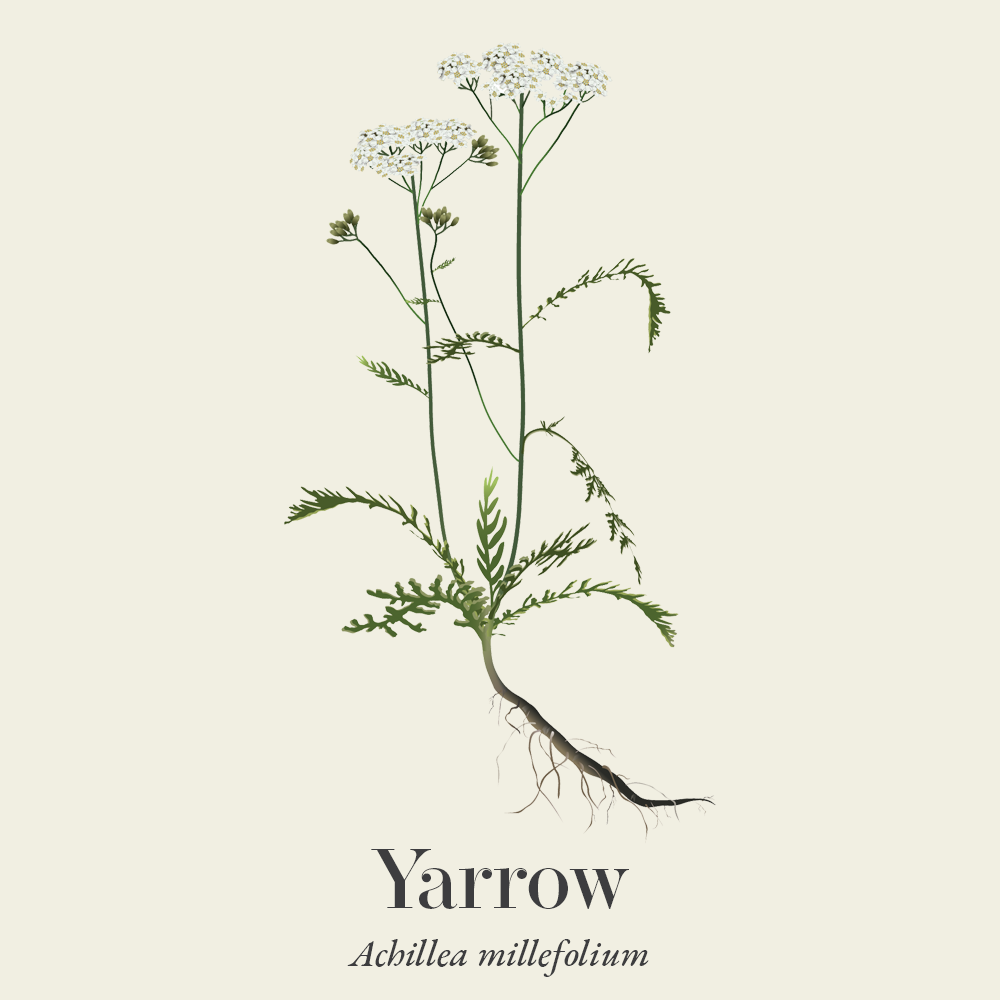
-
Habitat
Yarrow is native to Europe, Western Asia, and North America. It is a perennial that grows wild in meadows and pasture, banks, hedgerows, lawns and waysides.
-
Sustainability
According to the IUCN Red List of Threatened Plants Status yarrow is classified as ‘least concern’ meaning that wild populations in Europe are considered to be stable. However it is also noted that wild populations of yarrow are possibly declining in parts of its range (1).
Habitat loss and over-harvesting from the wild are two of the biggest threats faced by medicinal plant species. There are an increasing number of well-known herbal medicines at risk of extinction. We must therefore ensure that we source our medicines with sustainability in mind.
The herb supplement industry is growing at a rapid rate and until recent years a vast majority of medicinal plant products in global trade was of unknown origin. There are some very real and urgent issues surrounding sustainability in the herb industry. These include environmental factors that affect the medicinal viability of herbs, the safety of the habitats that they are taken from, as well as the welfare of workers in the trade.
The botanical supply chain efforts for improved visibility (transparency and traceability) into verifiably sustainable production sites around the world is now certificated through the emergence of credible international voluntary sustainability standards (VSS). Read our article on sustainable sourcing of herbs to learn more about what to look for and questions to ask suppliers about sustainability.
-
Quality control
Herbal Medicines are often extremely safe to take, however it is important to buy herbal medicines from a reputed supplier. Sometimes herbs bought from unreputable sources are contaminated, adulterated or substituted with incorrect plant matter.
Some important markers for quality to look for would be to look for certified organic labelling, ensuring that the correct scientific/botanical name is used and that suppliers can provide information about the source of ingredients used in the product.
A supplier should be able to tell you where the herbs have come from. There is more space for contamination and adulteration when the supply chain is unknown.
-
How to grow
Yarrow is a wild plant throughout Europe and it is easy to grow. It prefers full sunlight, but can handle part shade. It will grow in most types of average, well-drained soil, including dry and alkaline soil.
- Plant seeds directly in the garden in spring after the risk of frost has passed. Seeds can also be started off indoors a few weeks ahead of time when transplanted when daytime temperatures are warm and seedlings are about 10 cm tall. Allow at least 30 cm between each seedling.
- Watch for seeds to germinate in 10 to 24 days. Plants are generally ready for harvest 90 to 130 days after planting.
- Yarrow requires little care. Water lightly until plants are well established however it is important to avoid overwatering. It thrives in hot, dry conditions; it will not tolerate constantly wet soil.
-
Recipe
This blend of herbs is one of the most commonly prescribed blends by herbalists for the treatment of colds, flus and fevers. The actions of elderflower and yarrow are to stimulate diaphoresis (the sweat reflex) whilst peppermint cools, clears and nourishes.
Fever tea is second to none for the management of a fever as it helps to externalise the heat whilst also treating the respiratory symptoms that often come with viral illness. A fever is part of an important and healthy immune response to pathogens. Fever tea should be used during the active phase of a fever to support this important process. It can also be used to help with viral respiratory congestion.
Ingredients:
- Yarrow
- Elderflower
- Peppermint
Method:
- Combine the three herbs in equal measures and blend together.
- Infuse 1-2 teaspoons of the blend into 1 cup of boiling water for 15 minutes
- Strain and drink up to 3 times a day.
-
References
- Maiz-Tome, L. (2015). IUCN Red List of Threatened Species: Achillea millefolium. [online] IUCN Red List of Threatened Species. Available at: https://www.iucnredlist.org/species/202909/78457012.
- Benedek, B. and Kopp, B. (2007). Achillea millefolium L. s.l. revisited: Recent findings confirm the traditional use. Wiener Medizinische Wochenschrift, 157(13-14), pp.312–314. doi:https://doi.org/10.1007/s10354-007-0431-9.
- Aqueous extract of Achillea millefolium significantly affects mesenchymal stem cell renewal and differentiation in a dose dependent manner. (2022). Journal of Stem Cells & Regenerative Medicine, 18(2). doi:https://doi.org/10.46582/jsrm.1802006.
- Innocenti, G., Vegeto, E., Dall’Acqua, S., Ciana, P., Giorgetti, M., Agradi, E., Sozzi, A., Fico, G. and Tomè, F. (2007). In vitro estrogenic activity of Achillea millefolium L. Phytomedicine: International Journal of Phytotherapy and Phytopharmacology, [online] 14(2-3), pp.147–152. doi:https://doi.org/10.1016/j.phymed.2006.05.005.
- Saeidnia, S., Gohari, AR., Mokhber-Dezfuli, N. and Kiuchi, F. (2011). A review on phytochemistry and medicinal properties of the genus Achillea. DARU : Journal of Faculty of Pharmacy, Tehran University of Medical Sciences, [online] 19(3), pp.173–186. Available at: https://www.ncbi.nlm.nih.gov/pmc/articles/PMC3232110/.
- Ayoobi, F., Moghadam-Ahmadi, A., Amiri, H., Vakilian, A., Heidari, M., Farahmand, H., Fathollahi, M.S., Fatemi, I., Shafiei, S.A., Alahtavakoli, M. and Shamsizadeh, A. (2019). Achillea millefolium is beneficial as an add-on therapy in patients with multiple sclerosis: A randomized placebo-controlled clinical trial. Phytomedicine, 52, pp.89–97. doi:https://doi.org/10.1016/j.phymed.2018.06.017.
- Culpeper, N. (2011). Culpeper’s complete herbal & English physician. Bedford, Ma: Applewood Books.
- Wood, M. (2009). The earthwise herbal: A complete guide to new world medicinal plants. Berkeley, CA: North Atlantic Books.
- Ciumărnean, L., Milaciu, M.V., Runcan, O., Vesa, Ș.C., Răchișan, A.L., Negrean, V., Perné, M.-G., Donca, V.I., Alexescu, T.-G., Para, I. and Dogaru, G. (2020). The Effects of Flavonoids in Cardiovascular Diseases. Molecules, 25(18), p.4320. doi:https://doi.org/10.3390/molecules25184320.
- Mills, S.Y. (1993). The Essential Book of Herbal Medicine. Editorial: Penguin.
- Hoffmann, D. (2003). Medical Herbalism – principles and practices. Inner Traditions Bear And Comp.
- Anon, (n.d.). Yarrow Plant Profile – Solidarity Apothecary. [online] Available at: https://solidarityapothecary.org/yarrow-plant-profile/ [Accessed 13 Jun. 2023].
- British Herbal Medicine Association. Scientific Committee (2003). A guide to traditional herbal medicines : a sourcebook of accepted traditional uses of medicinal plants within Europe. London: British Herbal Medicine Association.

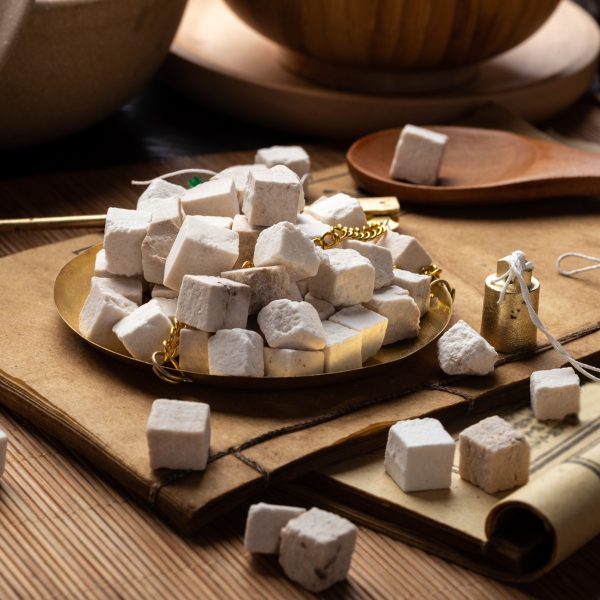
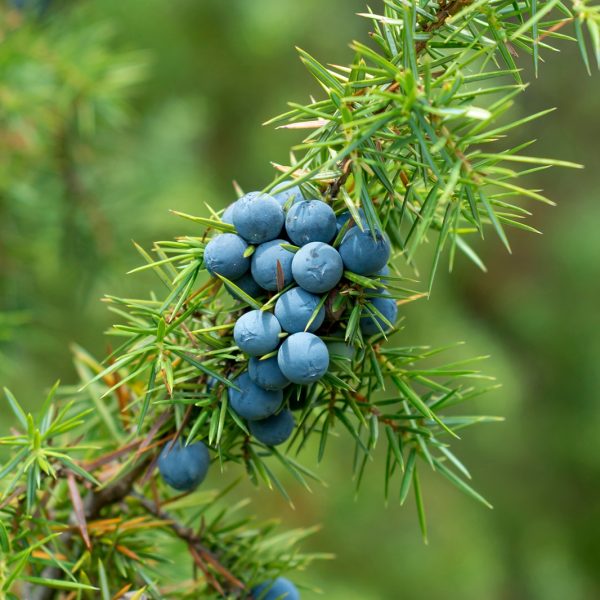












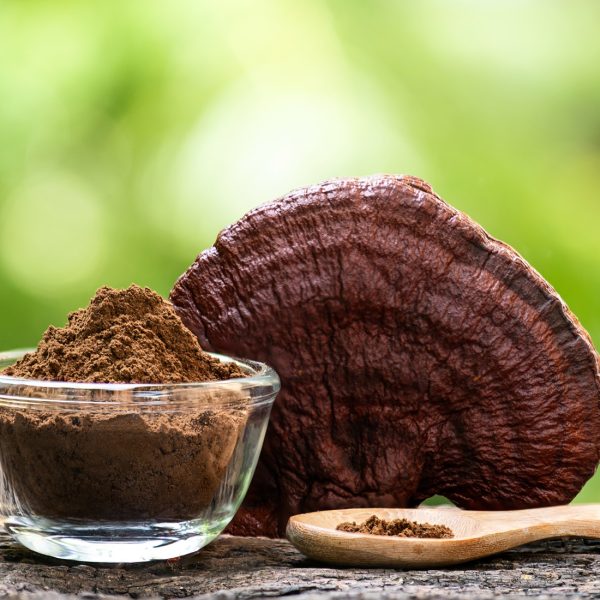

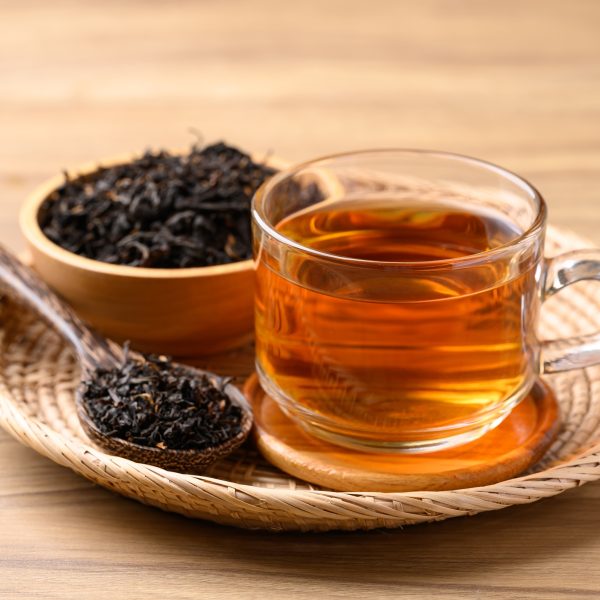
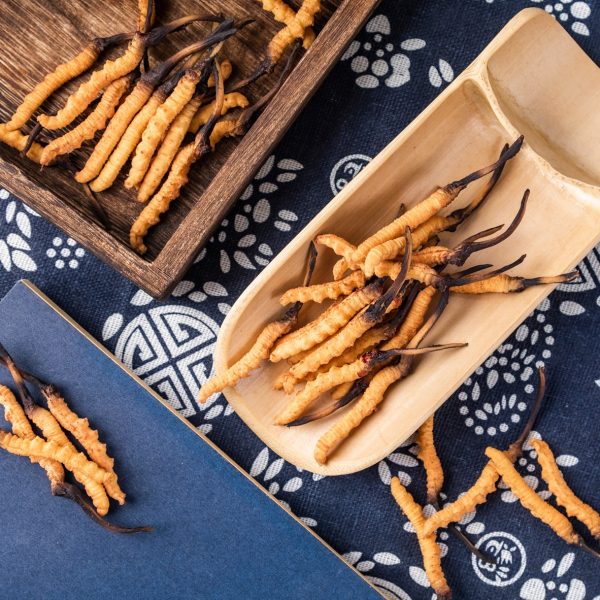









 Yarrow is an invaluable herb to incorporate into the home apothecary. It can be made into an ointment or salve to disinfect and assist in healing of minor wounds and grazes. Keep a jar of dried yarrow to hand for a number of different first aid uses or to be taken as a daily infusion (tea) to support cardiovascular and digestive health.
Yarrow is an invaluable herb to incorporate into the home apothecary. It can be made into an ointment or salve to disinfect and assist in healing of minor wounds and grazes. Keep a jar of dried yarrow to hand for a number of different first aid uses or to be taken as a daily infusion (tea) to support cardiovascular and digestive health. Yarrow is a great example of a herb that has dual energetics, meaning that it can be both hot and cold or dry and moist. These opposing actions make it an excellent moderator of the humours and temperament, bringing harmony to the body. This may be best understood via its strengthening action on cardiovascular tone.
Yarrow is a great example of a herb that has dual energetics, meaning that it can be both hot and cold or dry and moist. These opposing actions make it an excellent moderator of the humours and temperament, bringing harmony to the body. This may be best understood via its strengthening action on cardiovascular tone. Yarrow’s use as medicine goes back to the most ancient times, as fossilised yarrow pollen has been found in burial caves that are dated up to 60,000 years old. Its reputation as a vulnerary, and its old names of Soldier’s Wound Wort and Knight’s Milfoil relate to this historic use. Yarrow (
Yarrow’s use as medicine goes back to the most ancient times, as fossilised yarrow pollen has been found in burial caves that are dated up to 60,000 years old. Its reputation as a vulnerary, and its old names of Soldier’s Wound Wort and Knight’s Milfoil relate to this historic use. Yarrow ( Cardiovascular system
Cardiovascular system Yarrow is also sometimes used as part of a herbal prescription for prostatitis and early prostate hyperplasia (12). It is also antimicrobial to the urinary tract as well as being diuretic. It may therefore be incorporated into an anti-infective prescription for urinary tract infections and cystitis (11). It may be used in combination with other herbs to address tissue condition, bacterial or inflammatory afflictions respectively.
Yarrow is also sometimes used as part of a herbal prescription for prostatitis and early prostate hyperplasia (12). It is also antimicrobial to the urinary tract as well as being diuretic. It may therefore be incorporated into an anti-infective prescription for urinary tract infections and cystitis (11). It may be used in combination with other herbs to address tissue condition, bacterial or inflammatory afflictions respectively. There are a number of in vivo/ in vitro studies that focus on compounds found in yarrow which demonstrate a variety of therapeutic effects. A small number of these studies have been included below to demonstrate the mechanism of action for some of the uses of yarrow that have been discussed in this monograph, however there is a lack of available human studies.
There are a number of in vivo/ in vitro studies that focus on compounds found in yarrow which demonstrate a variety of therapeutic effects. A small number of these studies have been included below to demonstrate the mechanism of action for some of the uses of yarrow that have been discussed in this monograph, however there is a lack of available human studies.






